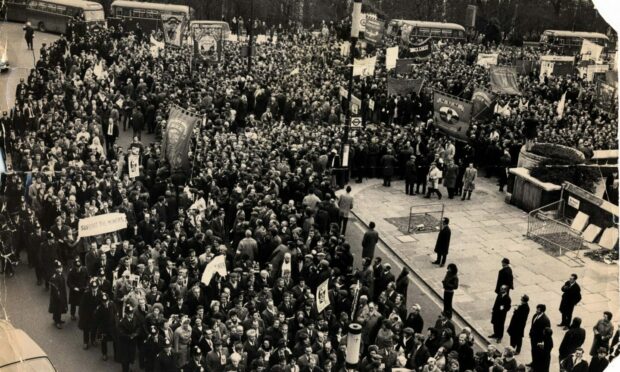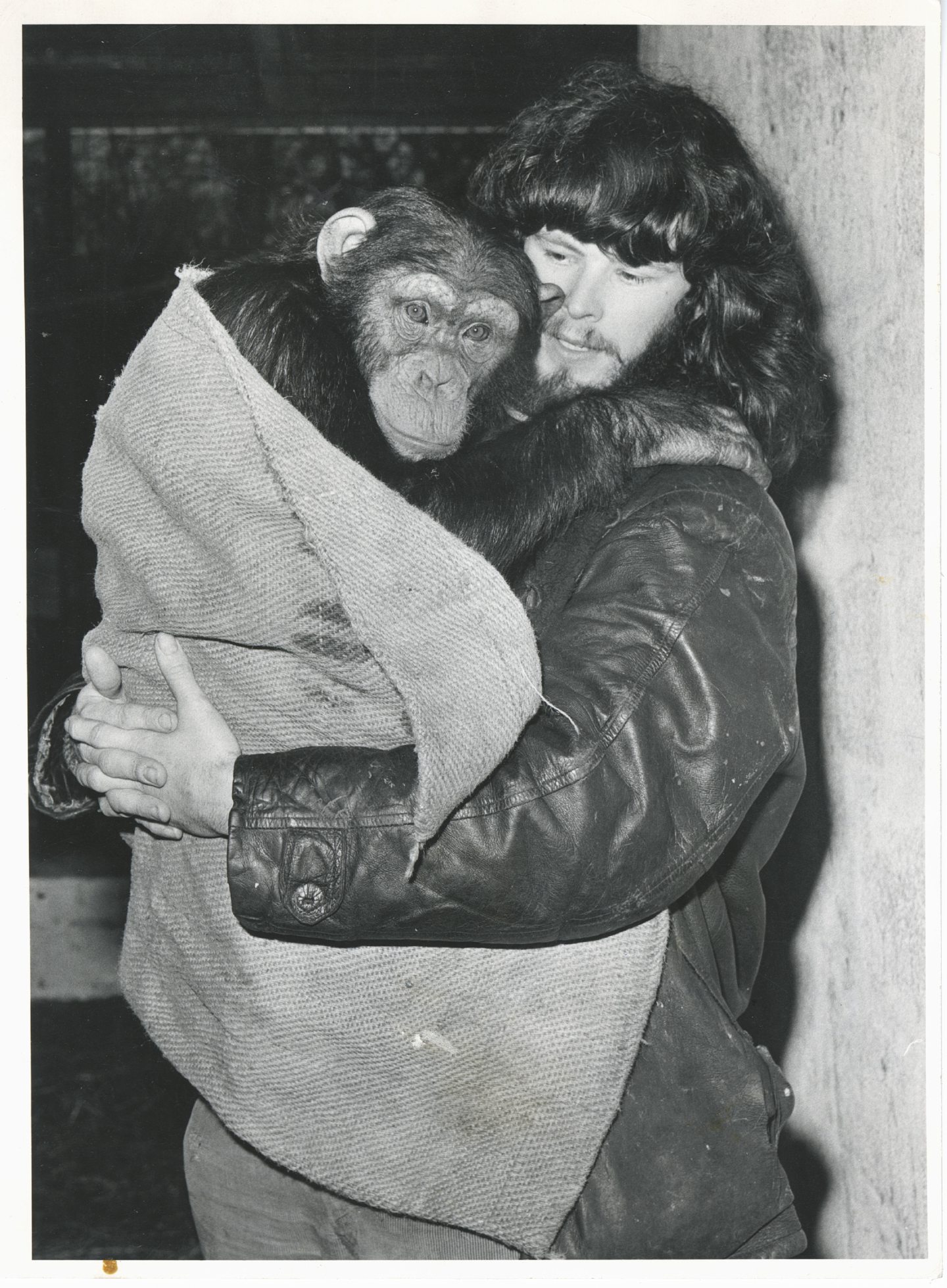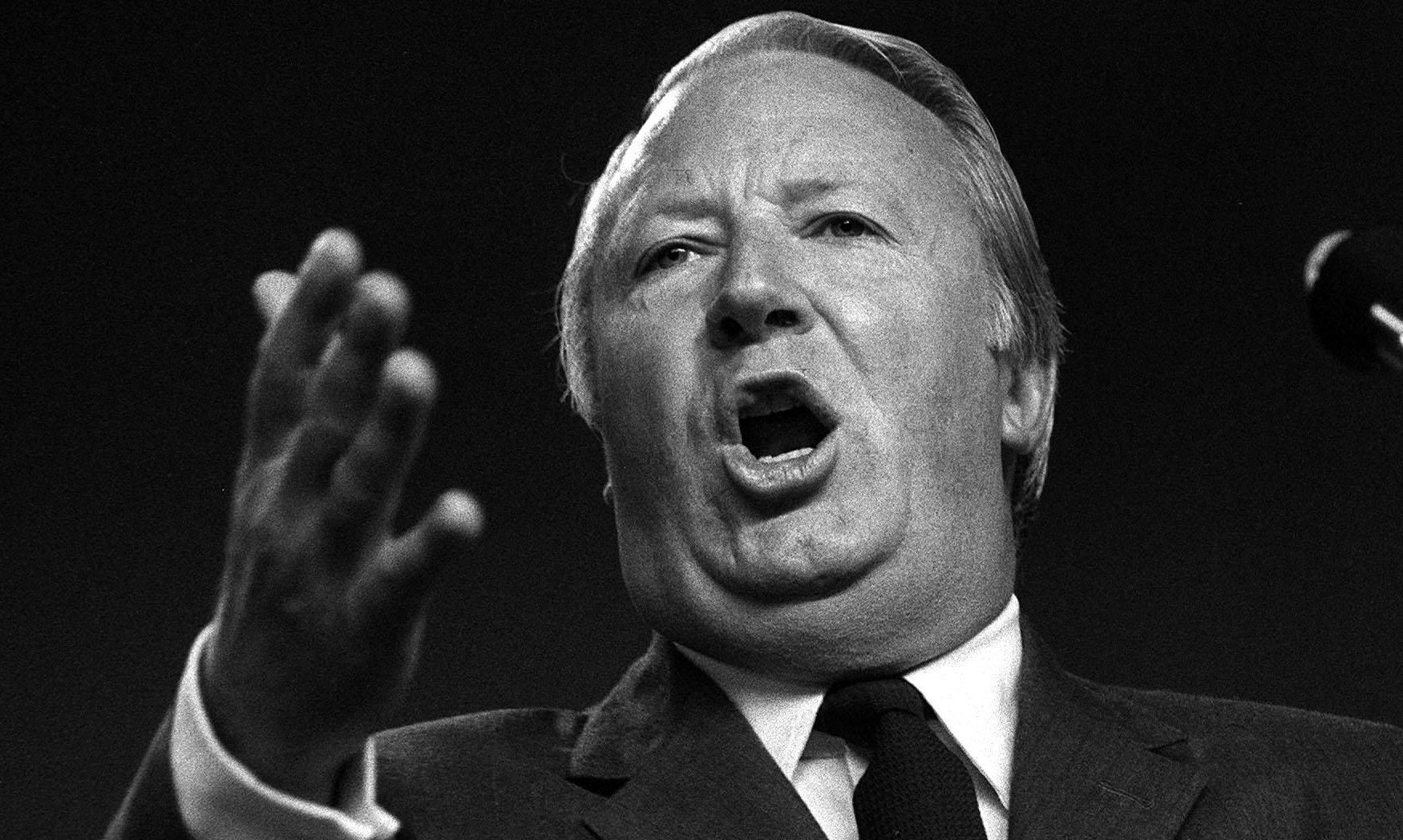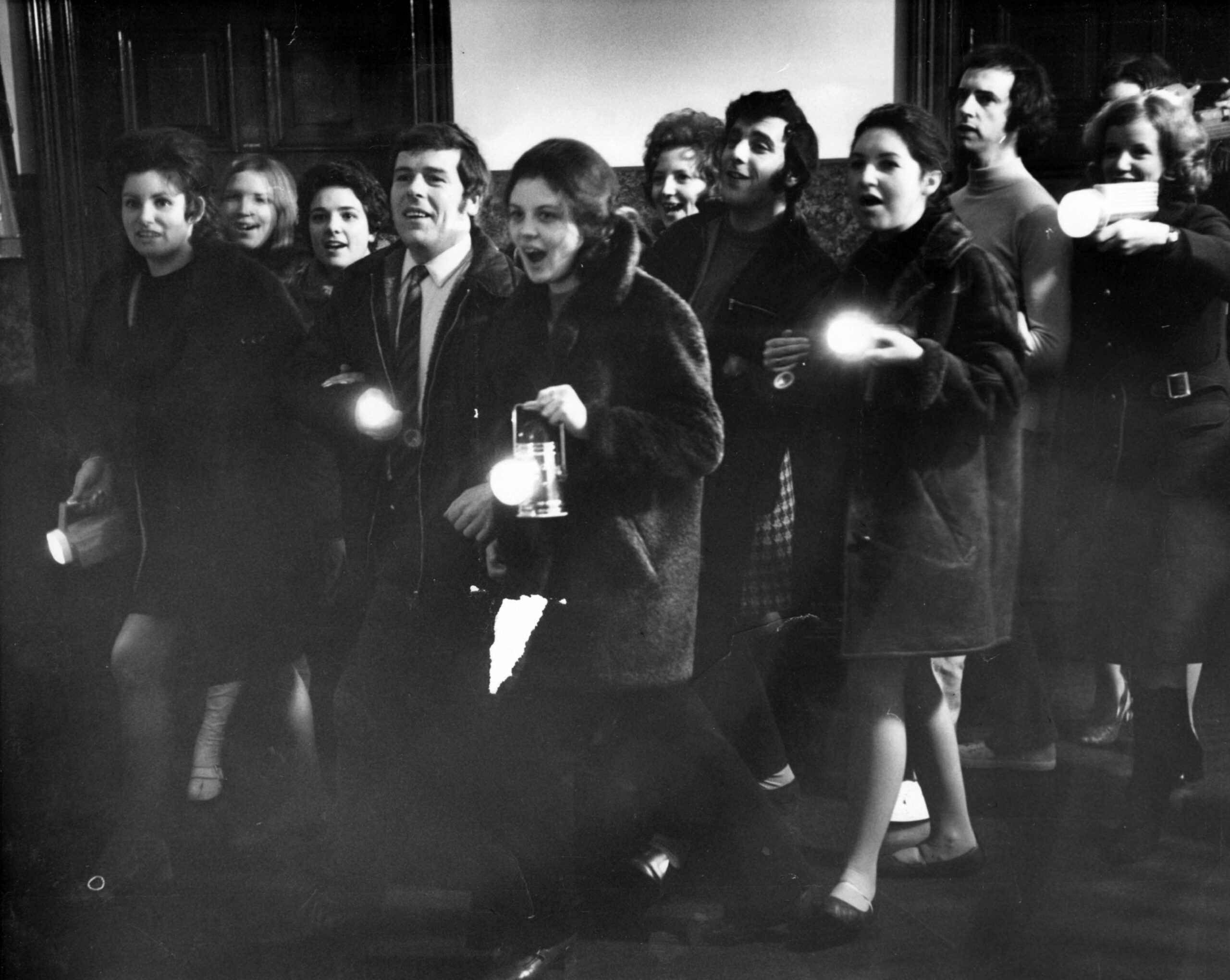It was pitch black outside as a group of determined young men made their way to the nearby colliery in search of precious fuel.
One of them had a torch which meant they could just about discern where they were heading as they waded through thick snow towards their goal.
Soon enough, they reached Polkemmet Drive in Whitburn and gradually, methodically, began searching for bits of coal which had fallen off the lorries as they rattled down the hill, carrying their heavy load of black gold.
It was an arduous task scouring through the snow in search of any riches, but often, one or even two buckets of coal would be carried home by the gang, and there would be some heat and light in their households that night.
It sounds like something from an episode of Poldark or a Dickens novel, doesn’t it? But this was Scotland in the 1970s as the public dealt with an apparently endless sequence of strikes, power cuts and lack of food.
The coal convoys helped communities
Fuel shortages were an inevitable consequence of miners taking industrial action. And, once they had downed tools, and other unions had joined them, it had an impact on everything we took for granted. If there was no coal, thousands of homes lay frozen with dwellers stuck in the dark.
If there was no electricity, it meant our parents opening tins of food or packets of whatever they could find on often depleted supermarket shelves and cooking it on little gas stoves with candles providing flickering light.
At the time, as a teenager growing up in West Lothian, this usually struck me as more of an adventure than adversity, but it was often a desperate situation for pensioners, sick people, families with babies and those without jobs.
And, while many in the community often pulled together, there were others who greedily stockpiled more than they needed and left others deprived.
Torry folk grabbed coal off the beach
If the able-bodied menfolk were forced to organise trips to the colliery, under cover of darkness – which was easy with the streetlights extinguished – so be it. There was coal to be found and that was a valuable commodity.
It wasn’t theft as such: the material was lying on the ground in a public place. Yet, even as our neighbours embarked on these journeys, they always looked a little shame-faced that it had come to this. But, more importantly, they guaranteed that some of the coal went to the Johnstons and MacAuleys across the road from us, who were in their late 70s and not in great health.
And these convoys weren’t confined to any one area. They happened in West Lothian, in Fife, in Ayrshire – and there are still stories told about how Torry folk in Aberdeen rushed to the shore, some with empty prams, to pick up as much coal as they could when a stricken vessel shed its load of the fuel.
Sometimes, when the winters were especially cold and prolonged, it was useless trying to cope with a few buckets of coal here and there. In West Lothian, three men were jailed in 1973 for breaking into a coal merchant’s warehouse and re-selling his wares to their friends.
In 1976, as industrial action – or inaction – became a routine inconvenience for many, two Aberdeen men were sentenced to three months’ imprisonment for stealing eight bags of coal from a factory in Bedford Road, while another two were fined £75 and £50 for resetting the fuel to other customers.
One of those incarcerated responded: “Well, at least it will be warm in the jile” as he was led there from the city’s Sheriff Court.
We always felt we were on the brink
As a teenager in 1974 – a year of two general elections and apparently endless arguments between Ted Heath and Harold Wilson – we were used to nights of darkness indoors and being advised to stock up on candles and firewood.
But I have never forgotten some of the miners, who were taking industrial action, making sure they supplied coal to their more vulnerable neighbours.
As Davie Bryce, a union official in West Lothian, said: “Our argument is with the National Coal Board, not the people.”
However, it would be stupid to argue we were a depressed, dispirited bunch, left traumatised by the disruption, during that fraught decade.
Those of us who were young had no experience of anything else. If anything, it was exciting to have a torch, a book, a comic or magazine and portable radio or cassette recorder (and plenty of batteries) in the middle of a power cut, listening to Bowie and Bolan, Pink Floyd and Led Zeppelin.
The darkness didn’t present a problem and even the cold could be tackled with jumpers and cardigans and enough warm covers.
Share and share alike?
If there was little produce on the retail shelves, once again it hardly mattered to young folk. The chip shop would always have potatoes.
We had vegetables for soup. If the farms kept afloat, there were eggs and bacon, milk and cheese and other dairy products. No great luxuries, perhaps, but if everybody stuck together, nobody would starve.
And yet not everybody fancied the idea of sharing and sharing alike. I still recall my late mother being left speechless when one of her church choir friends told her: “Och Agnes, I don’t know why there’s any problem with panic buying – I have 20 loaves in the pantry at home!”
Jim Hunter, now an emeritus professor at the University of Highlands and Islands, was among those who dealt stoically with the blackouts and recalls people rising to the challenge.
This, let’s remember, was happening less than 30 years after the Second World War, where they had endured far worse than strikes and shortages.
As he said: “The rolling power cuts of the early months of 1974 found us in Edinburgh where I was completing my PhD thesis. We were living in a rented flat and one of our lingering memories concerns the complexities of having three or four friends round for a meal.
“We studied the power cut schedule, published daily in the Evening News, and worked out who among us would be best placed to do the cooking by virtue of having early-evening power. It was more fun than horror for us.
“I recall getting a casserole cooked and then, when the lights were about to go out, loading it into a carrier bag and heading off to one of our friends’ places where the lights were about to come on, have our meal and head home to find our own lights about to come on again. And all this by bus.”
The 1970s was a decade of political ferment, so it was hardly surprising it often felt that the lights could go out at any moment.
But, while I often read the papers and noticed the often doom-laden headlines about the country grinding to a halt and rubbish piling up in the streets, it never felt as if my family or friends were on the precipice of a catastrophe. It was make-do-and-mend in these days, with no thought of luxuries.
I just wish I felt the same way about the unfolding energy crisis in 2022.




Conversation